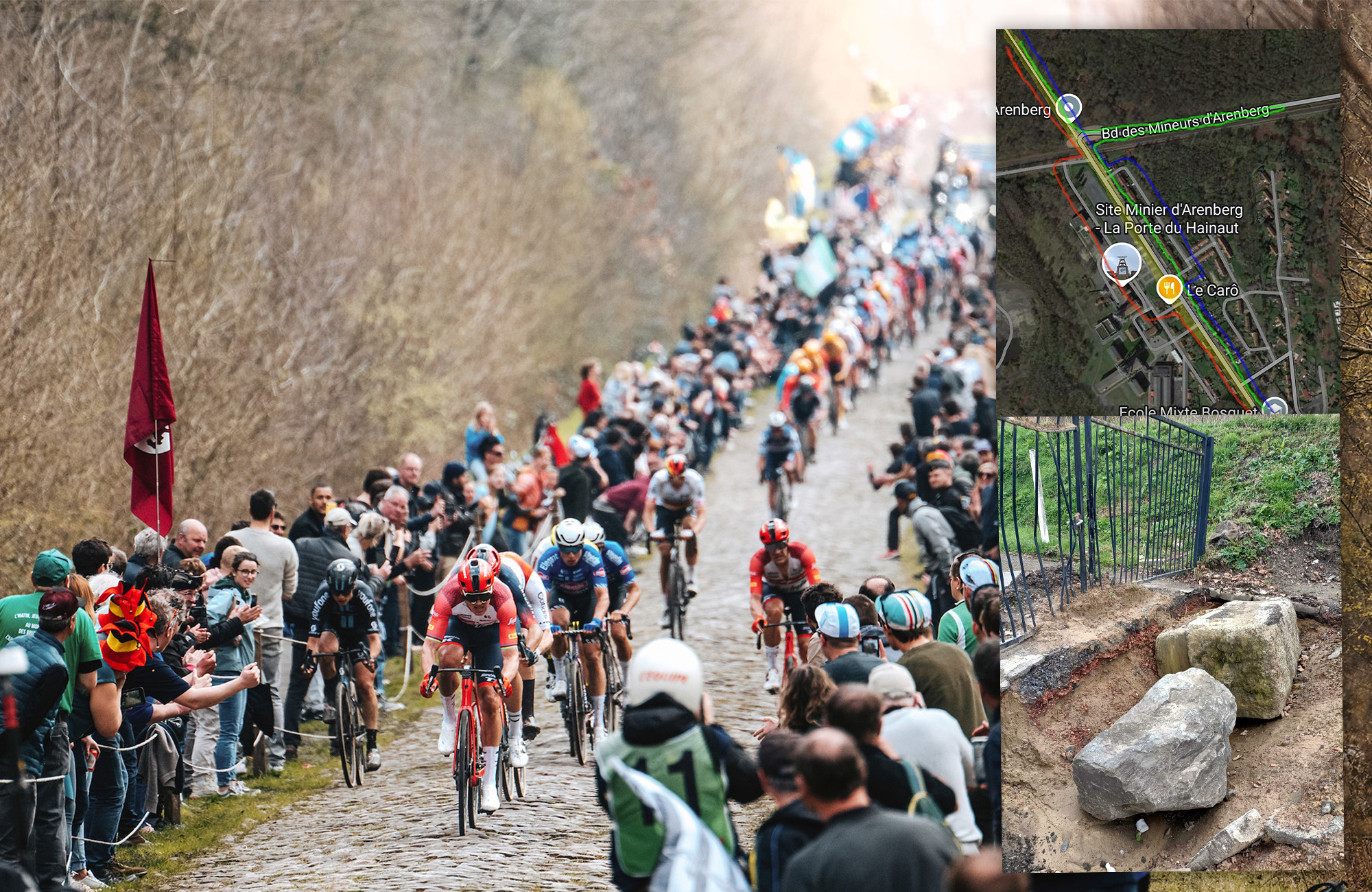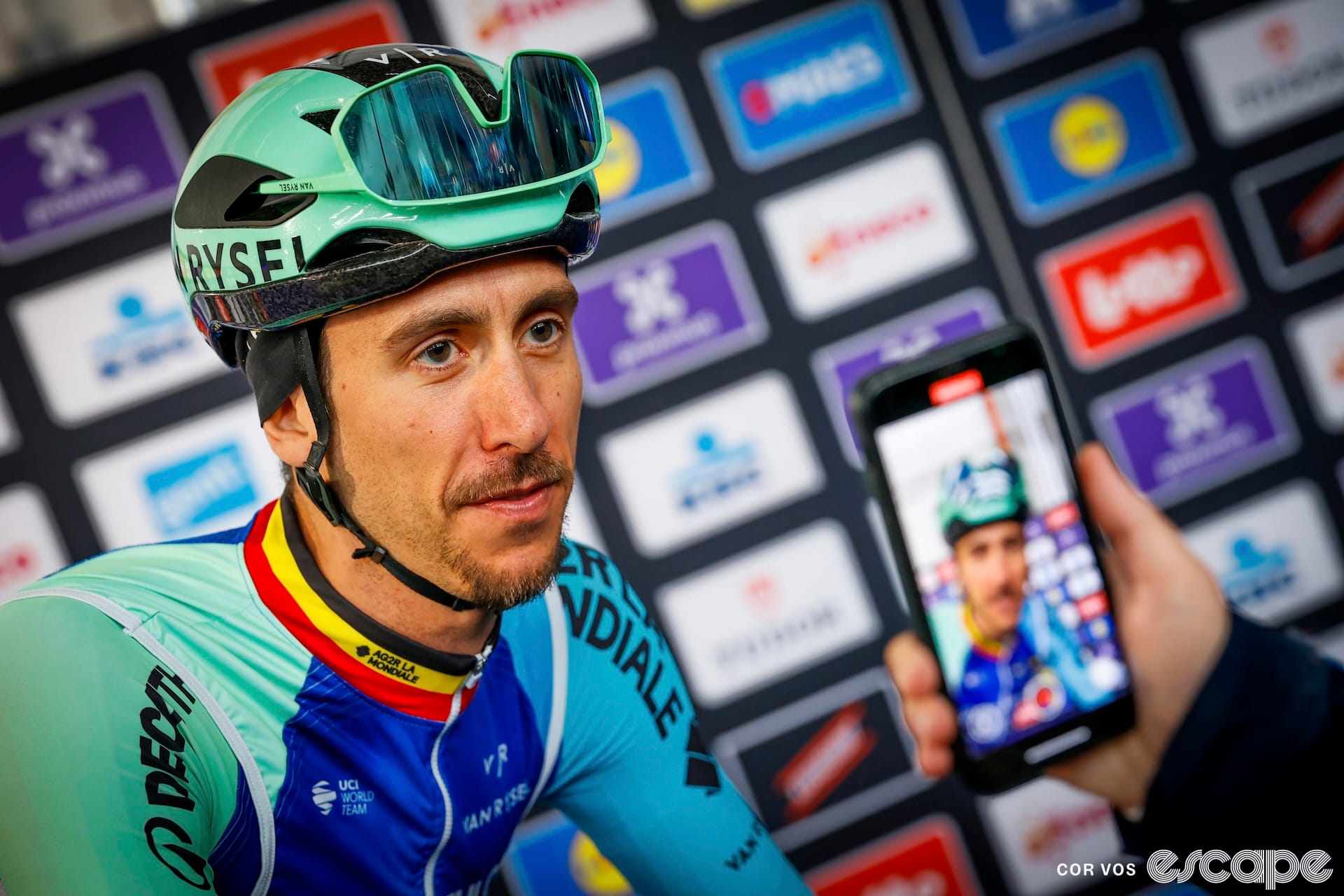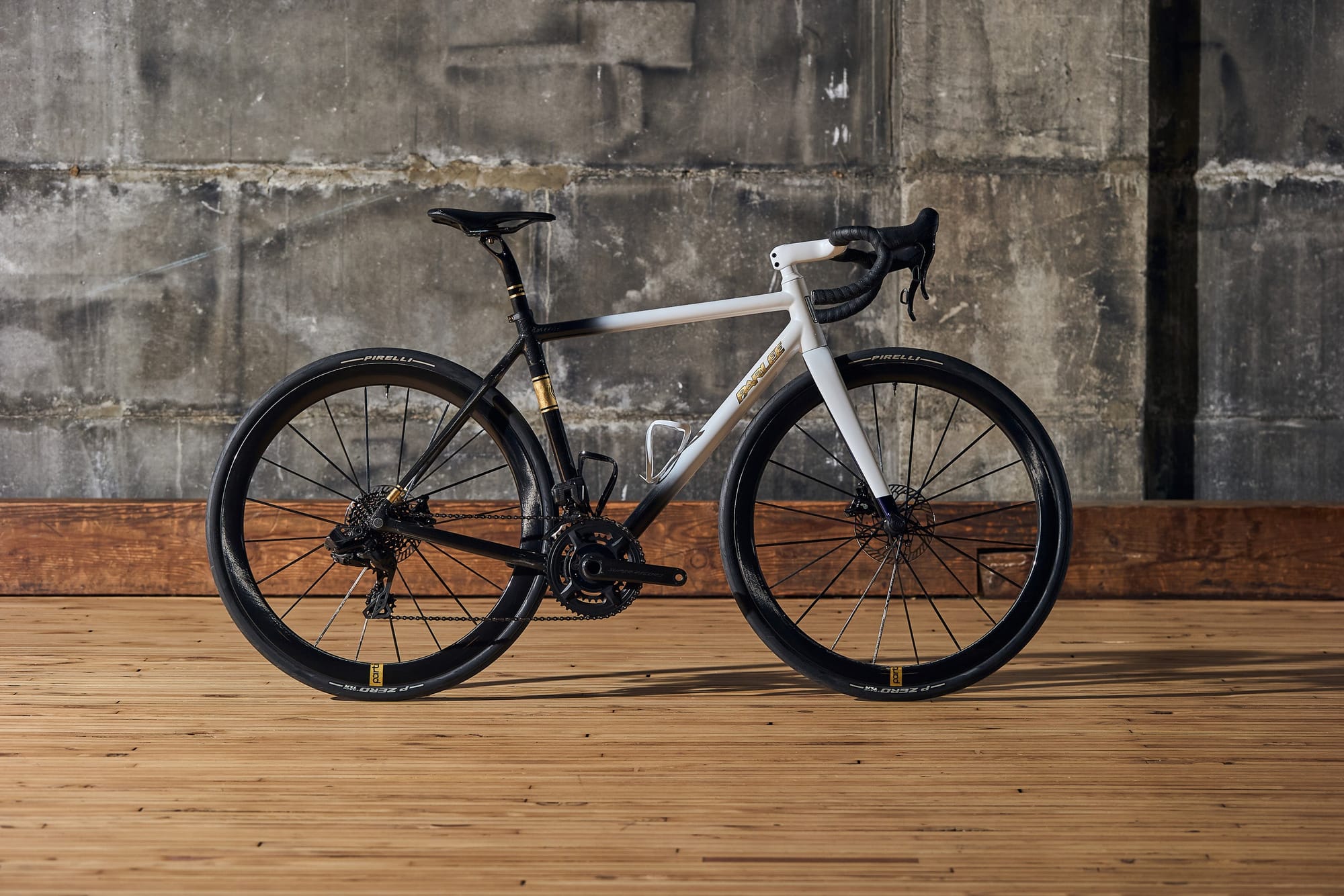The lead-in to the notorious Trouée d'Arenberg sector has been altered following a vote from riders and final decision from Paris-Roubaix organiser, ASO.
The change was requested by the CPA early this week due to what it deems dangerously high speeds at the entrance to the sector. Riders were presented with a choice: ride straight into the Arenberg, or choose one of three re-routes in the final few hundred meters before the sector begins. Riders decided that any of the three re-routes would be preferable to the straight run-in, and then ASO decided which of those three re-routes was to be used.
The final decision came down in favour of a route that makes a hard right just 50 metres before the start of the sector, followed shortly after by a hard 180-degree corner, sending riders back toward the Arenberg, then a right-hand corner onto the Arenberg itself – three abrupt changes of directions in less than a hundred metres.
The chicane will be a one-time re-routing as, according to CPA President Adam Hansen, ASO has said that it will repair a road that provides a more natural set of corners starting next year.
CPA president Adam Hansen acted as the go-between for riders and Roubaix organiser ASO. He explained the process to Escape Collective: “We asked the riders to chose from one of three options or directly into Arenberg. The vast majority chose one of the three options, unfortunately the better options were not possible."
There is a parallel road that would, at face value, prove perfect as an entry into the Arenberg – but boulders and a large hole currently block the way.
"ASO said they will fix it," Hansen told Escape Collective. "But not for this year, so [the chosen route] is the only option."
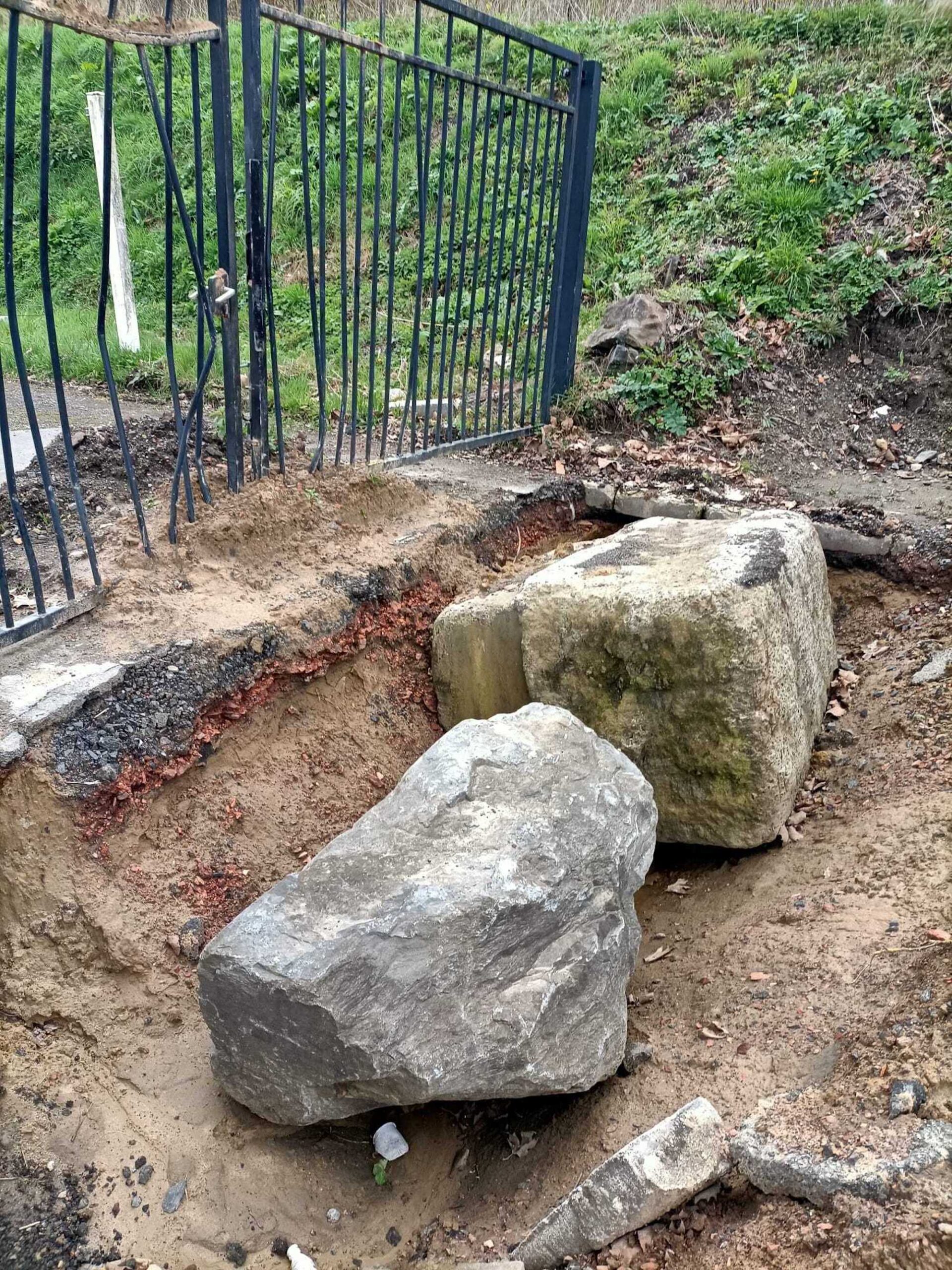
The goal, and CPA’s request, was to decrease speeds in a key section of the course where changing line, braking, or making any sort of evasive manoeuvre is all but impossible. This change does not seem very likely to decrease crashes in general, but rather is an acknowledgment that cobbles are themselves not conducive to avoiding a crash, and can make hitting the ground worse. The rough arithmetic centres on a preference for a crash on tarmac versus one on cobbles.
The peloton usually hits the Arenberg in excess of 60 kilometres per hour, and this change is likely to see that speed decrease by close to half. But detractors will point out that is simply moves the pinch point earlier, and tightens it considerably. The reduced speed that will result, as the riders tackle what is one of the toughest sectors of cobbles in the race, will also significantly add to the difficulty of the sector overall, increasing fatigue and likely making it an even more significant factor in how the race plays out.
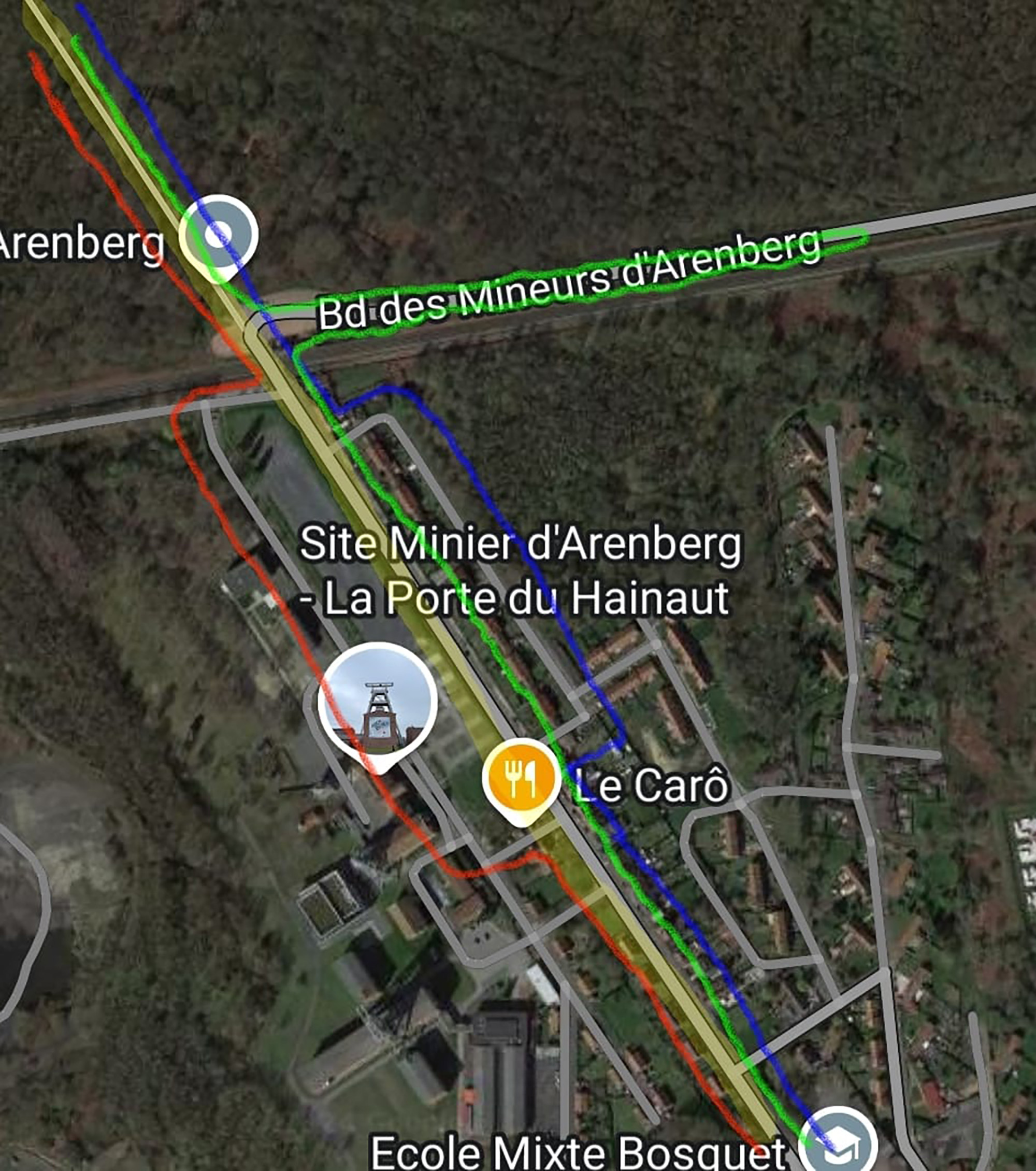
“I'm grateful that we are being listened to and that actions are following based on our feedback, but on this occasion I feel it's a bit of a piss take," one rider who is racing on Sunday told Escape Collective on Wednesday evening. "I thought they would use the road system in town we go through before the sector.
"We did all vote, that's why it's positive, we're being listened to from a safety aspect. It's a good step in the right direction."
Mathieu van der Poel, meanwhile, commented beneath the video in the Tweet above: "Is this a joke?"
Did we do a good job with this story?

